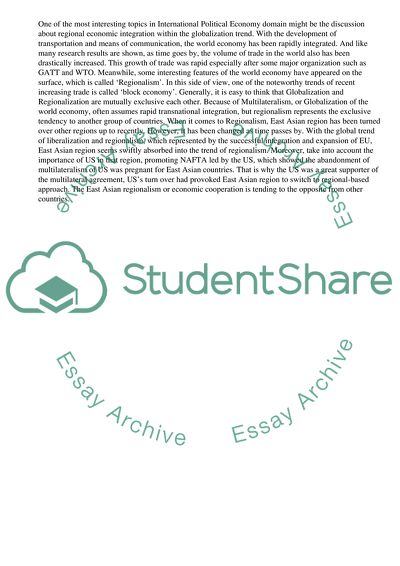Cite this document
(Political Economy Factor of East Asian FTAs Research Paper, n.d.)
Political Economy Factor of East Asian FTAs Research Paper. Retrieved from https://studentshare.org/business/1726948-political-economy-of-east-asian-ftafactor-analysis
Political Economy Factor of East Asian FTAs Research Paper. Retrieved from https://studentshare.org/business/1726948-political-economy-of-east-asian-ftafactor-analysis
(Political Economy Factor of East Asian FTAs Research Paper)
Political Economy Factor of East Asian FTAs Research Paper. https://studentshare.org/business/1726948-political-economy-of-east-asian-ftafactor-analysis.
Political Economy Factor of East Asian FTAs Research Paper. https://studentshare.org/business/1726948-political-economy-of-east-asian-ftafactor-analysis.
“Political Economy Factor of East Asian FTAs Research Paper”, n.d. https://studentshare.org/business/1726948-political-economy-of-east-asian-ftafactor-analysis.


